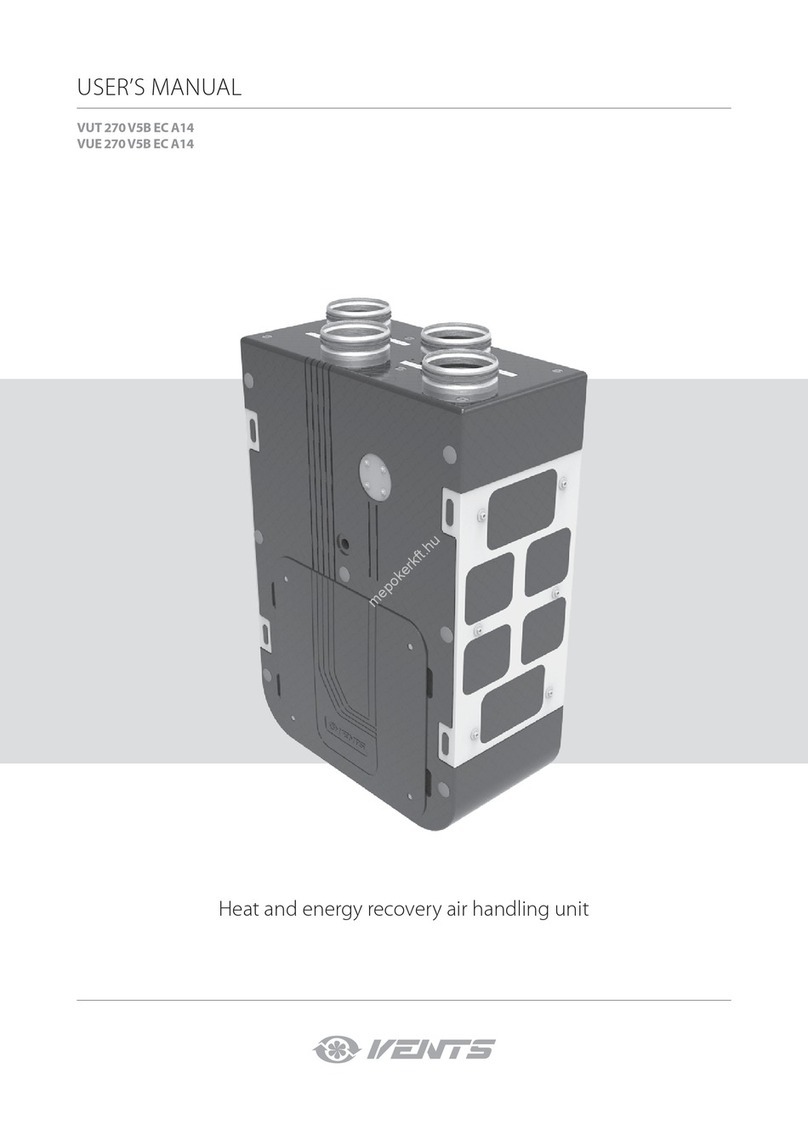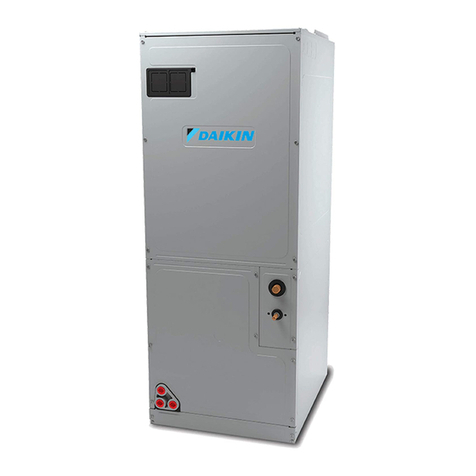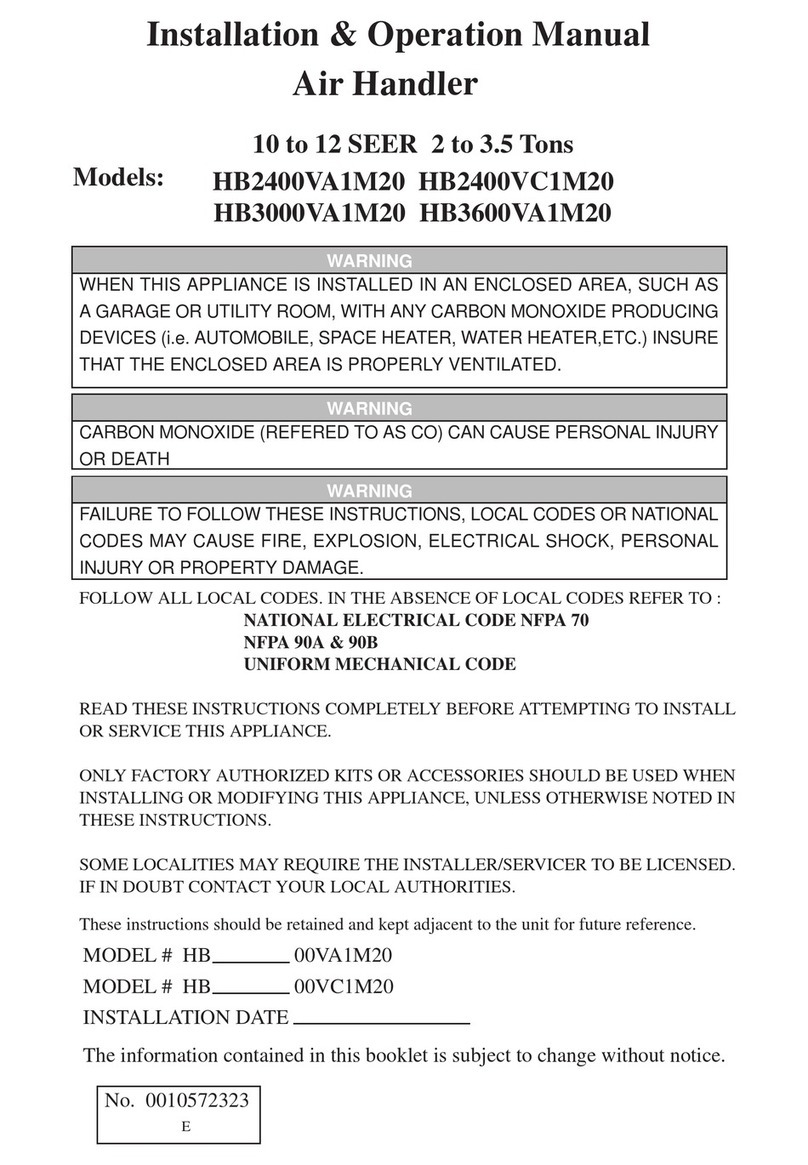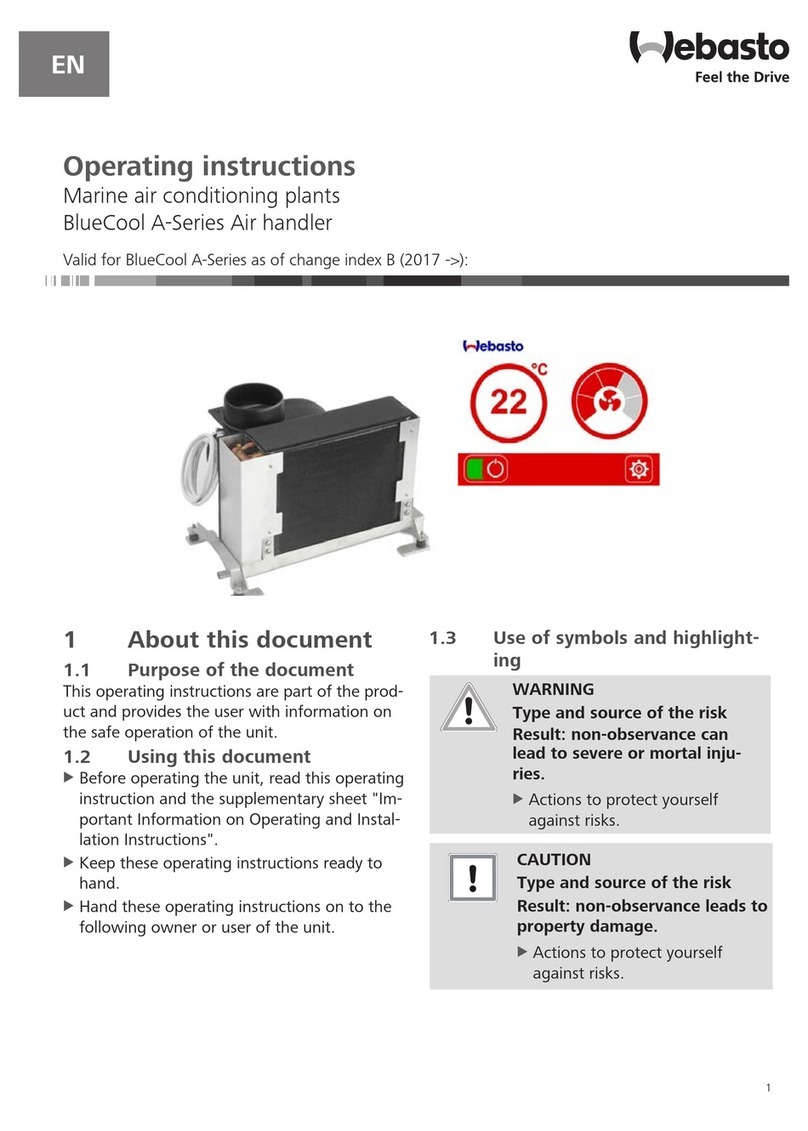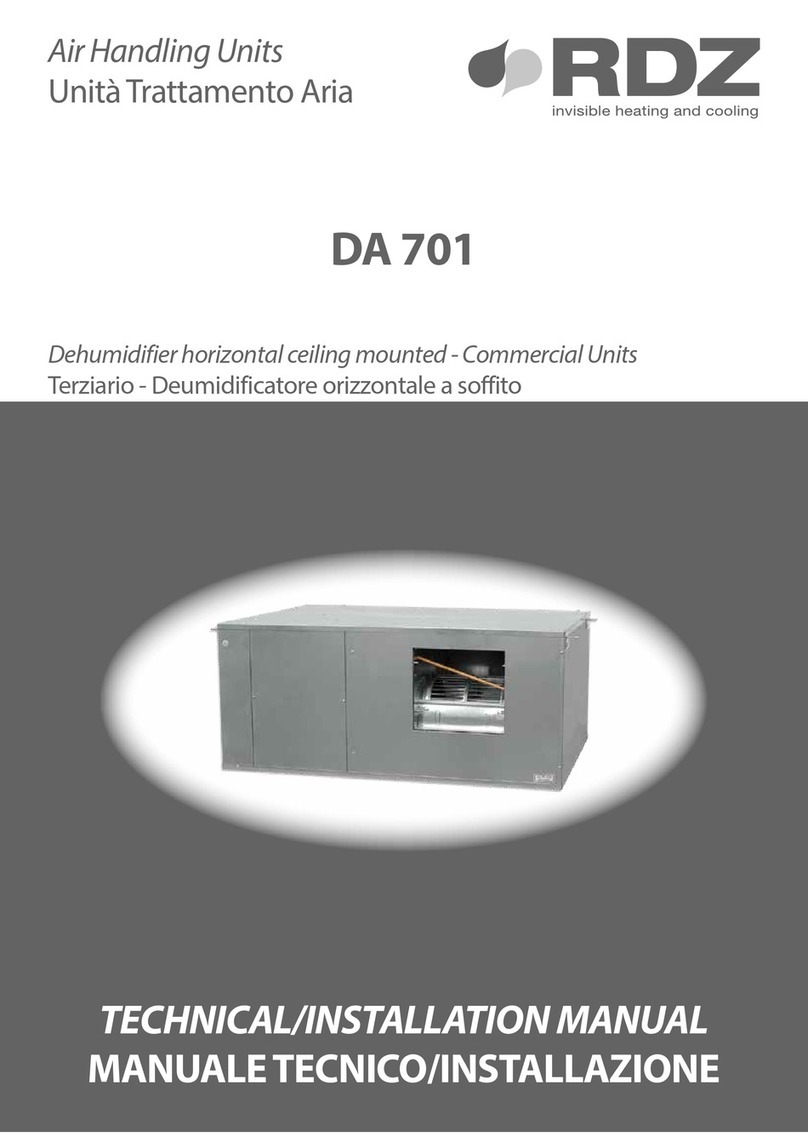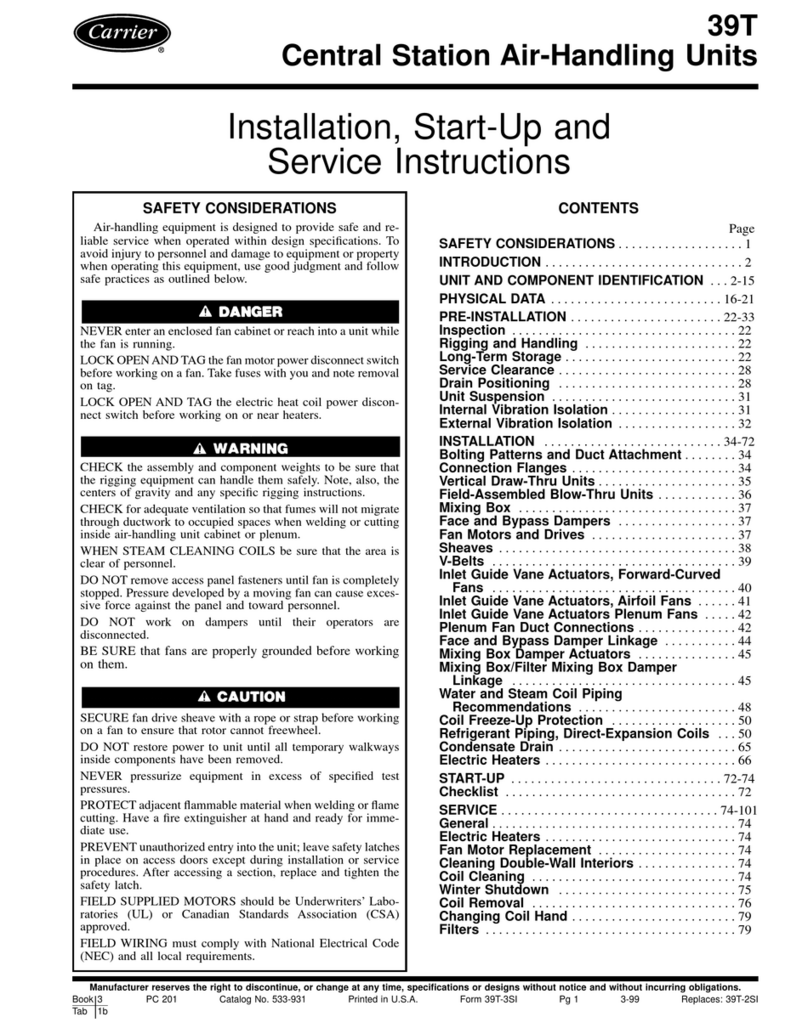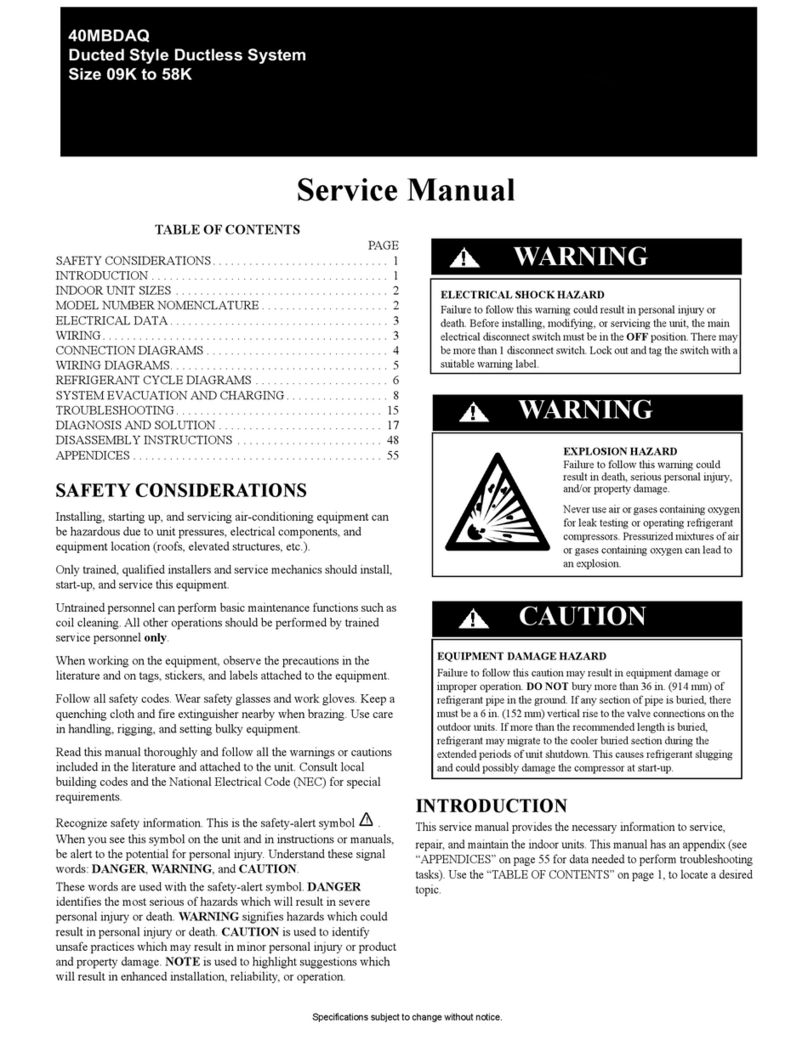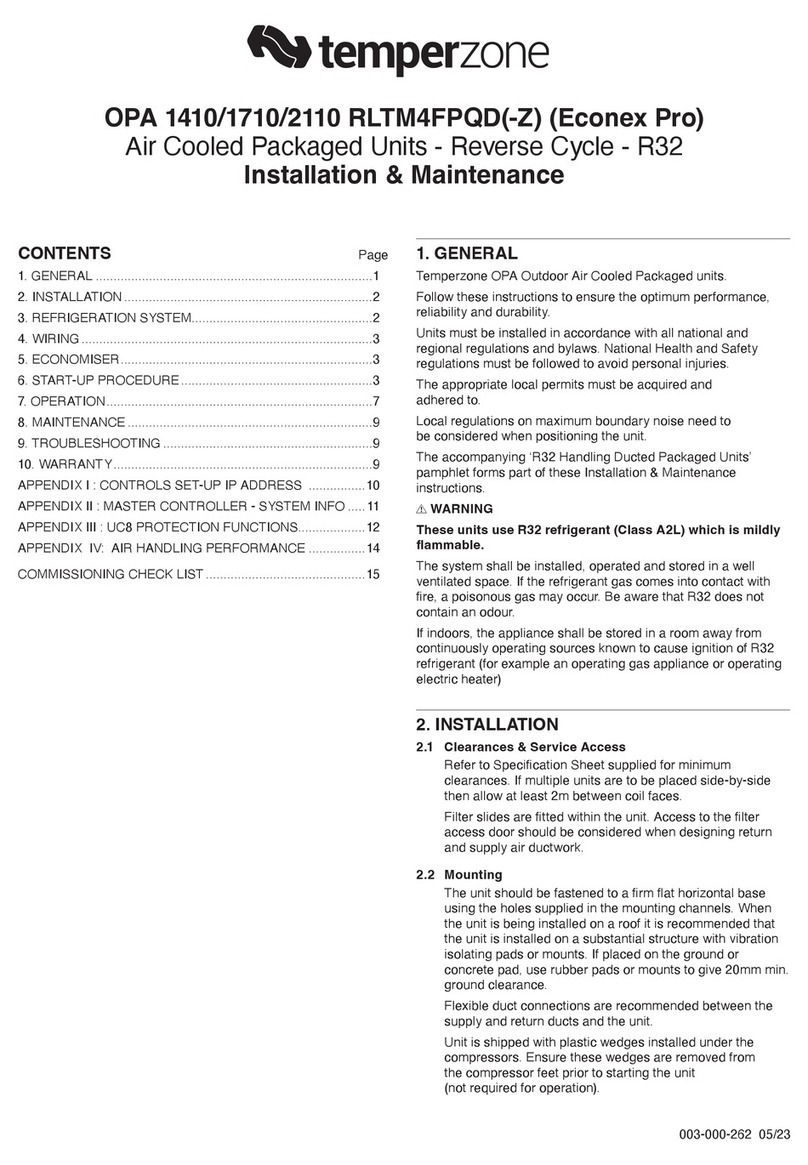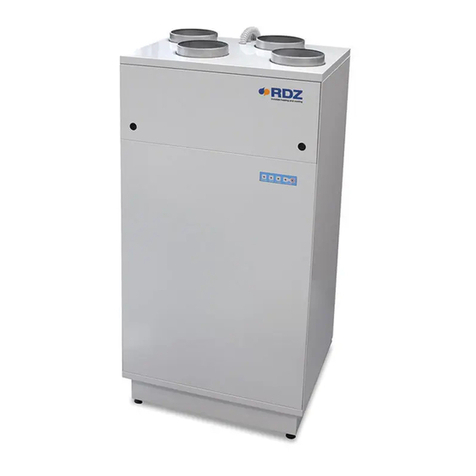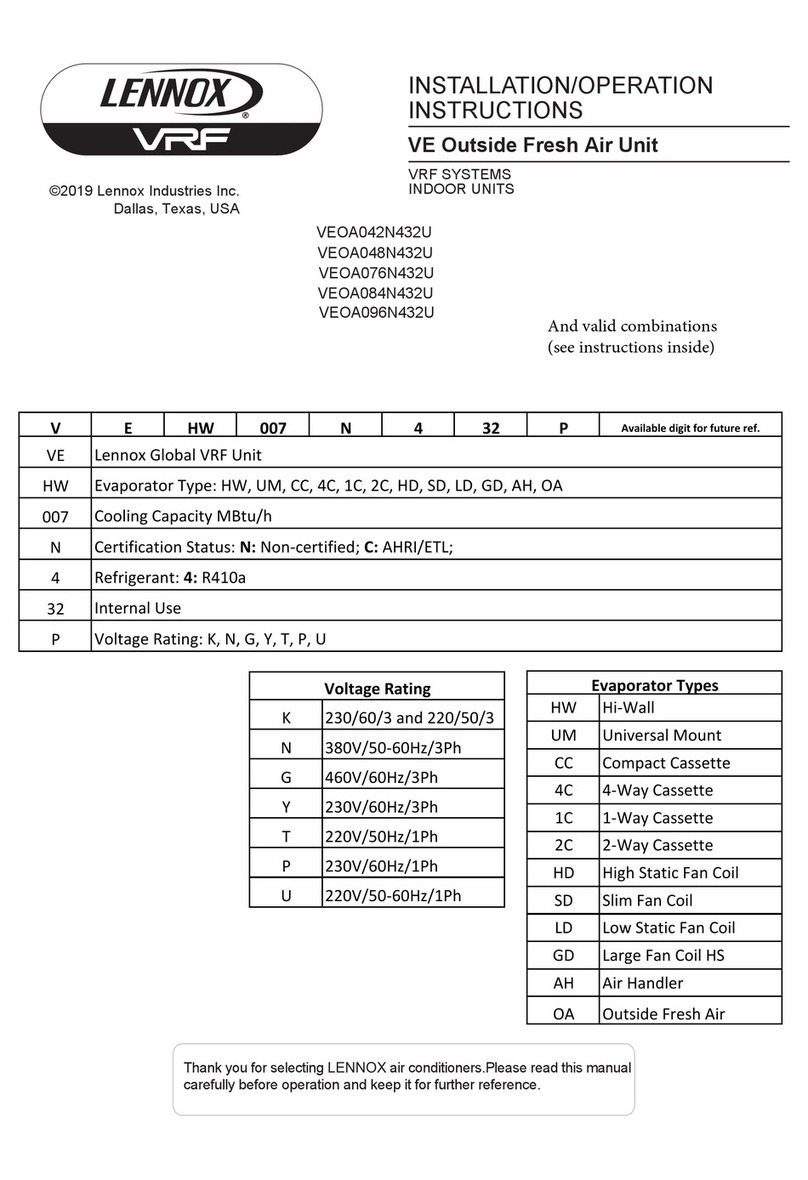
2
CONSUMER SAFETY INFORMATION
SAFETY DEFINITIONS
Indicates safety alerts. When this symbol is seen on the Air Handler and in
all instructions and/or manuals, be alert to the potential for personal injury.
Recognize signal words DANGER, WARNING and CAUTION. These words are used
with the safety alert symbol.
Indicates an imminently hazardous situation which, if not avoided,
will result in death or serious injury.
Indicates a potentially hazardous situation which, if not avoided,
could result in death or serious injury.
Indicates a potentially hazardous situation which, if not avoided, could result in
minor or moderate injury. It may also be used to alert against unsafe practices.
This is used to highlight important information which will aid in installation,
improve reliability or enhance operation.
SAFETY CONSIDERATIONS
Before any work is undertaken, it is imperative to
observe all precautions as stated in this manual, on tags,
and/or labels, together with any other safety measures
that may apply.
• Wearsafetyglassesandworkgloves.
• Whenpractical,objectstobebrazedshallbemoved
to a designated safe location or, if the objects to be
brazed cannot be readily moved, all movable fire hazards
in the vicinity shall be taken to a safe place, or otherwise
protected.
• Usequenchingclothforallbrazingandun-brazing
operations.
• Suitablereextinguishingequipmentshallbe
immediately available in the work area and shall be
maintained in a state of readiness for instant use.
Read these installation instructions carefully and adhere to
all WARNINGS and CAUTIONS. Consult local building codes,
Occupational Safety & Health Administration (OSHA) and
Electrical Safety Authority (ESC) for special requirements.
Improper installation, modification, service, maintenance,
or use of Hydronic Systems can cause electrical shock,
burns or other conditions which may cause personal injury
or property damage. Consult a qualified installer, service
agency, or your distributor for information or support. The
qualified installer or agent must use factory authorized kits
and/or accessories when installing this product. Refer to the
appropriate RedZoneTM literature for listing.
DANGER
WARNING
CAUTION
NOTICE
WARNING
Before installing or servicing the Air Handler, always
turn off all power to unit. There may be more than one
disconnect switch. Electrical shock can cause personal
injury or death.
CAUTION
Failure to follow this caution may result in personal
injury. Sheet metal parts may have sharp edges or
burrs. Use care and wear appropriate protective
clothing.
NOTICE
Application of this Air Handler should be indoors.
Special attention should be given to unit sizing and
piping, filling, and purging.
Read the entire instruction manual
before starting the installation.
REDZONETM DVS SERIES AIR HANDLER MANUAL
